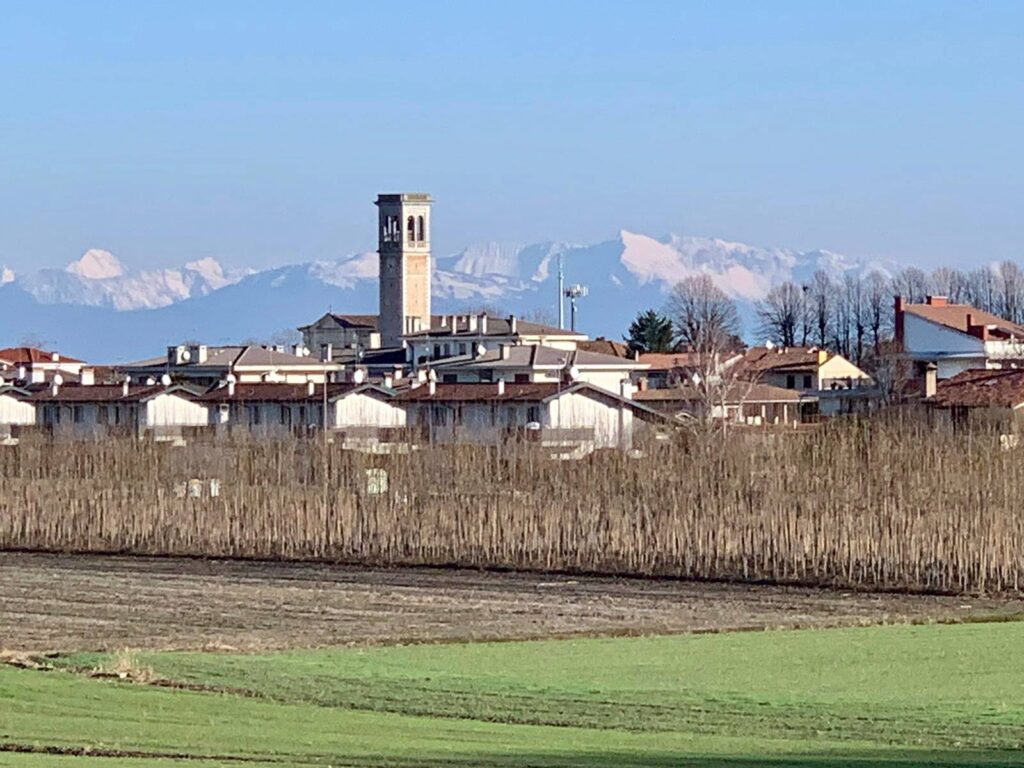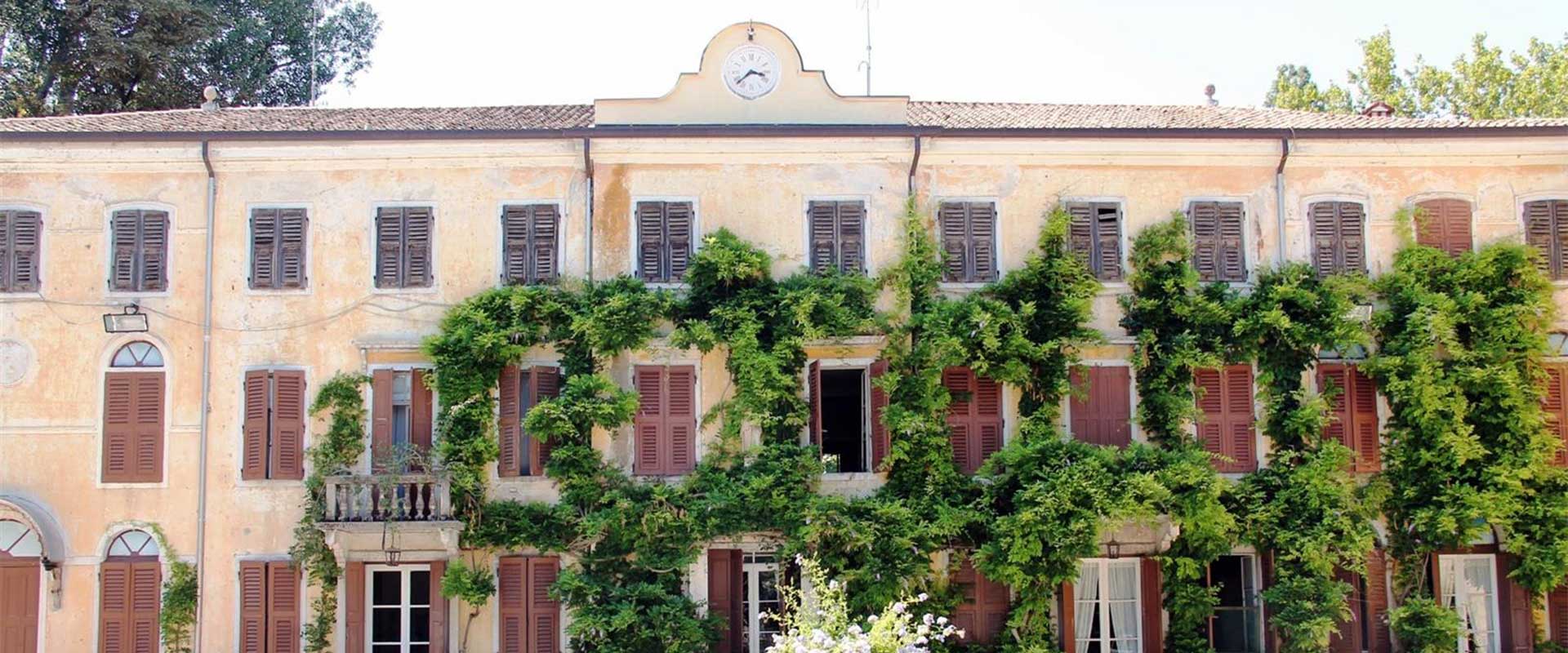
Ronchis
An itinerary through historic villas, churches and ancient frescoes
A suggestive place characterized by historic villas, parks, churches, ancient frescoes and crossed by a ditch. Ronchis and the neighboring fraction of Fraforeano are more than worth stopping by during a cycling tour. These gems will not fail to amaze you.
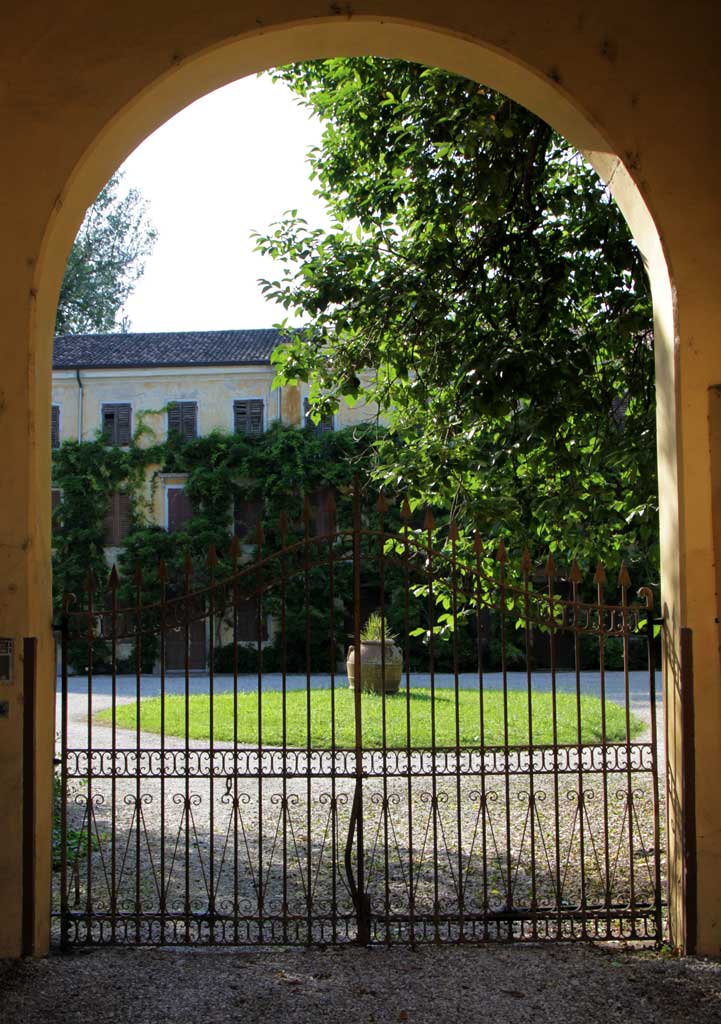
Villa Barbarigo de Asarta Kechler
The origins of this villa go hand in hand with the history of the Feud of Fraforeano which, according to documents dating back to 1275, had been granted by the patriarch of Aquileia to the Counts of Varmo. The architectural complex, including the manor house and its colonnade, was originally intended for agricultural use and owes its current appearance to transformations that took place in the second half of the 800 at the behest of Vittorio de Asarta, who enhanced the management of the agricultural estate.
The villa tells the story of a great friendship between a young American writer, Ernest Hemingway, and the Kechler family. In addition to hunting trips, Hemingway went to visit friends in Fraforeano di Ronchis, so much so that the write mentions this place in the novel Across the River and Into the Trees: “I would like to be buried far away on the edges of the estate, but in view of the elegant old house and the large tall trees.”
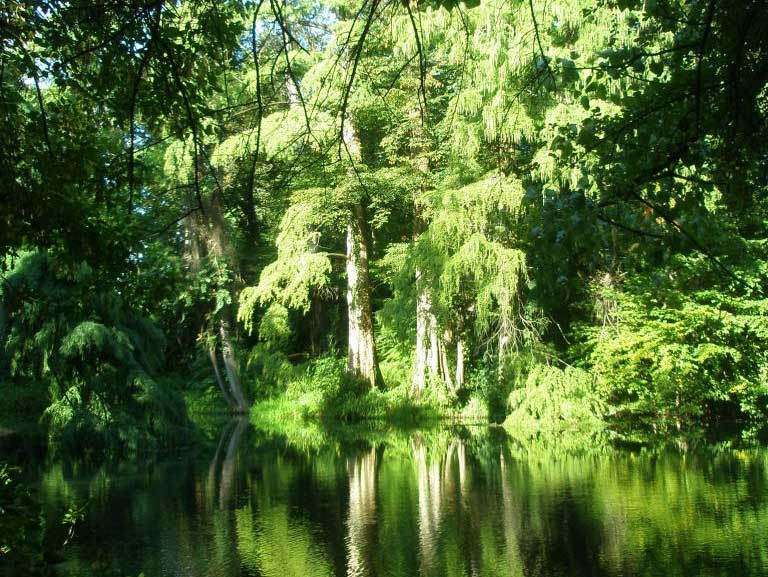
The Park of Villa Barbarigo De Asarta Kechler
At Villa Barbarigo De Asarta Kechler there is an English park covering about 3 hectares. Built in the second half of the nineteenth century, the park has been designed by the Paduan architect Giuseppe Iappelli. The park is considerably rich in plant species, and some plants are classified as “monumental”. At the center of the park there is a pond where there is an artificial hill with a cave that served as an icebox.
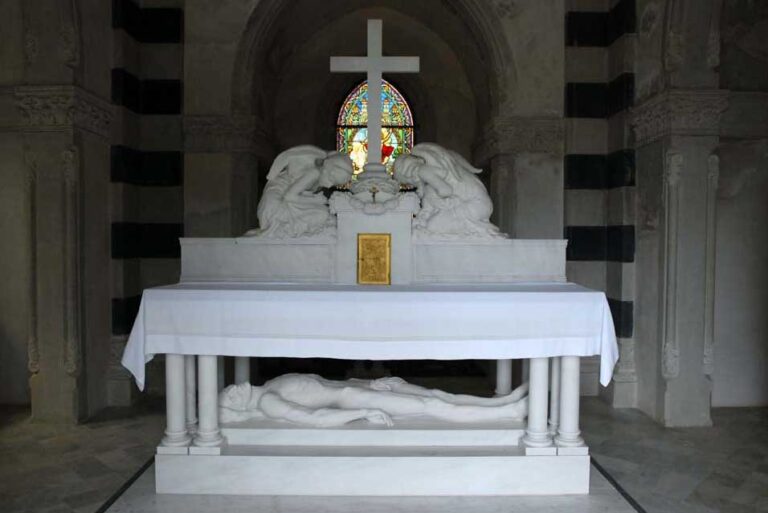
De Asarta Cemetery Chapel
The cemetery chapel dedicated to De Asarta was begun in 1901 and was completed in 1924 in neo-Gothic style by the architect Massimiliano Ongaro. All wrought iron elements are by Alberto Calligaris, while the marble altar is by Francesco Ellero from Latisana. Under the altar a work of art portraying “Il Cristo Morto” by Domenico Trentacoste is to be admired, which was praised by the poet Gabriele D’Annunzio. Also inside there is a plaque commemorating the deeds of the count and brave officer Giacomo de Asarta. Also interesting are the glass windows from Paris.
The pleasure of stopping by
Stay up to date on local activities
Start now by clicking on the map
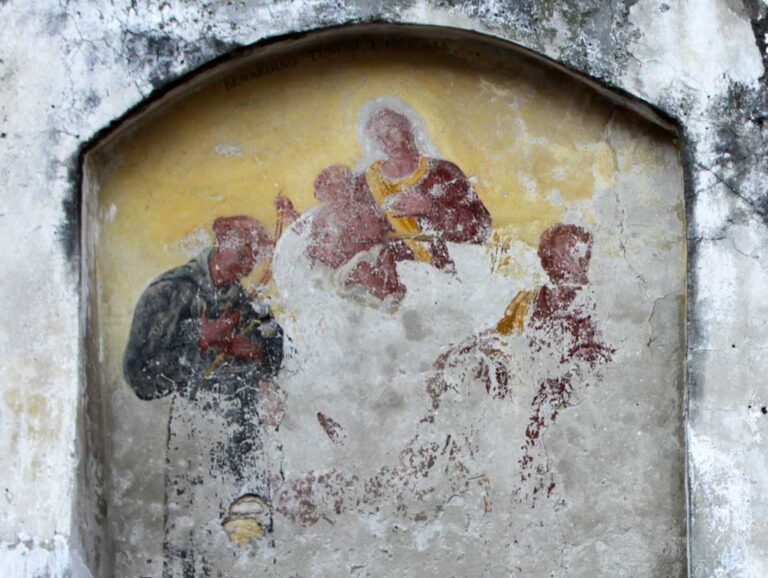
Devotional wall frescoes
Along the main streets of the town, you can see several paintings and devotional wall frescoes dedicated to the Madonna and the Saints (eighteenth-twentieth centuries), which are of considerable interest and represent the fervent popular religiosity in the area. There are at least twenty frescoes to be counted: a part of them has been preserved, while of some of them remain just a mention in the documents of the time. All frescoes are made with poor materials and therefore are not very resistant to atmospheric agents.
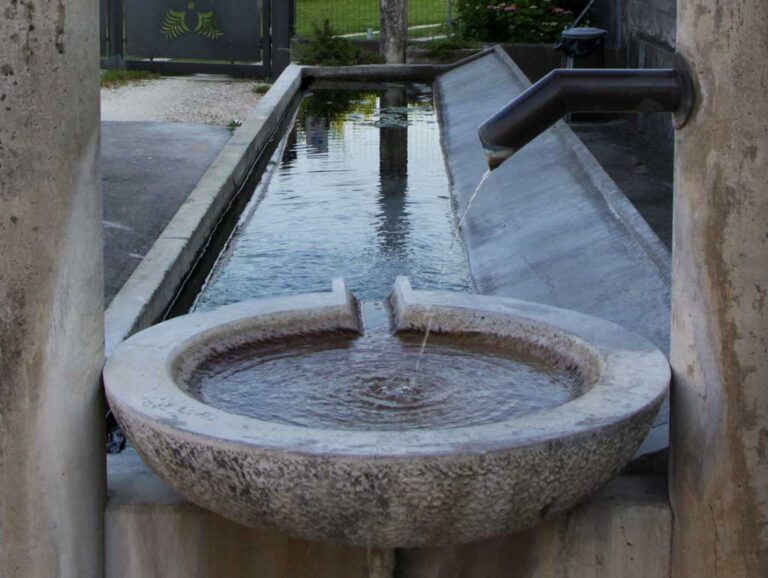
Fountains by architect Bragutti
The fountains were built in 1997 according to modern architectural shapes to replace the old fountains in Piazza della Libertà, Via Colautto, Via Pietro Leschiutta and Via Massille. Today at the start of Via Massille you can still see the “lavadôr”: the old public wash-house of the 1950s, which is still functioning.
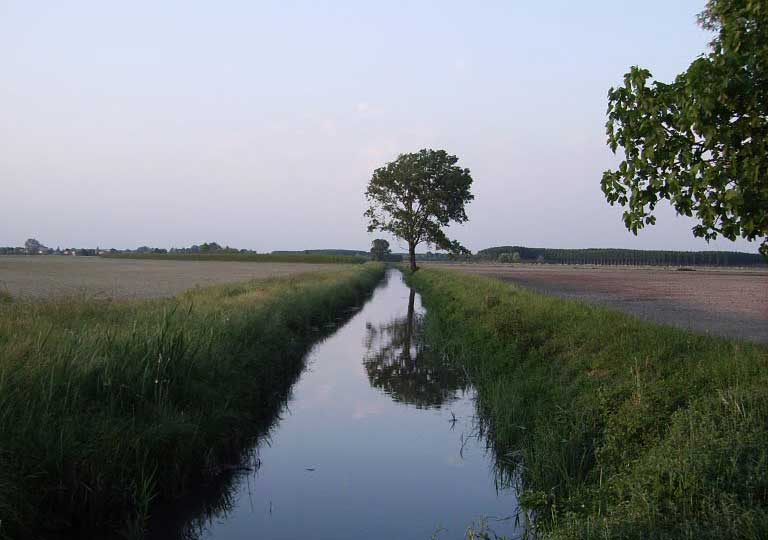
Roggia Barbariga
The Roggia Barbariga was built in 1625 with the aim of having water reach the mill of Fraforeano (1275). The water is conveyed from the river Taglio (Romans di Varmo) and flows for 11 km in the Roggia Barbariga, ending up then into the river Tagliamento. Towards the end of the nineteenth century and until the 1930s, thanks to an intuition of Vittorio de Asarta, the Roggia water that had powered the mill blades for centuries, served to power a turbine that produced electricity for modern agricultural machinery, in particular for the first experimentation in Italy of electric or funicular traction plowing.
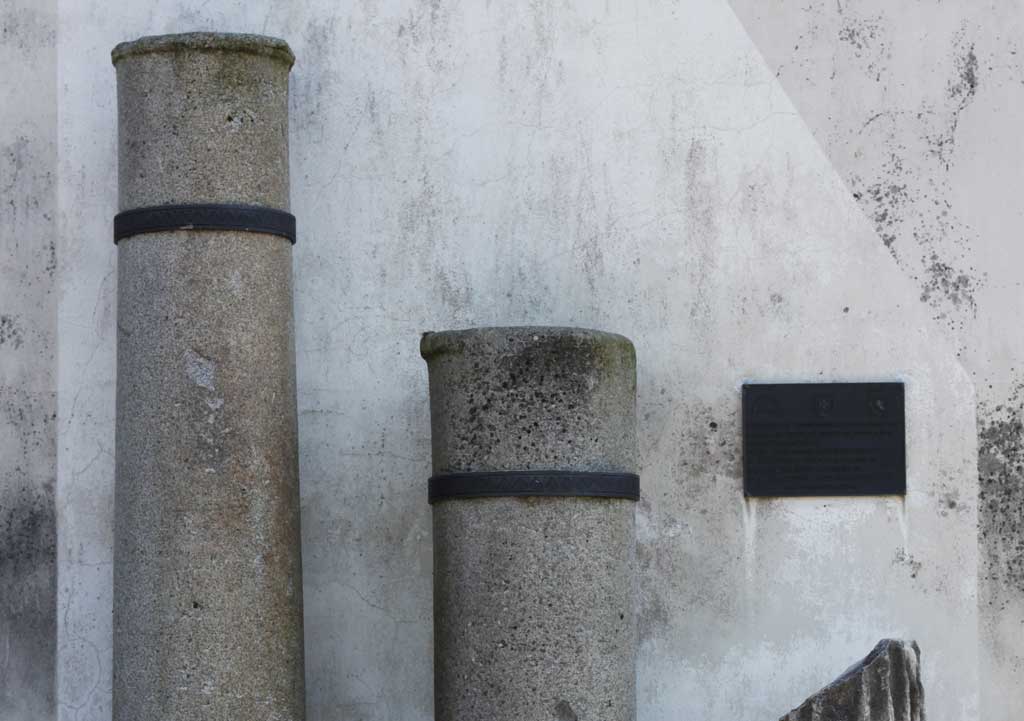
The columns
Probably coming from Aquileia, the columns were erected in the year 2000, in memory of a hospice-hospital already existing before 1199 in a place called Volta, now “Isola” . The hospice was founded and managed by the Knights of the Sovereign Military Hospitaller Order of Saint John of Jerusalem, of Rhodes and of Malta, with the aim of offering assistance and hospitality to pilgrims and travellers. The hospital-hospice as such remained in operation until the year 1380, when the place was turned into a commendation keeping the name “Hospitale de Volta”.
Journey among the historical and sacred monuments of the territory.
Stay, and discover them all.
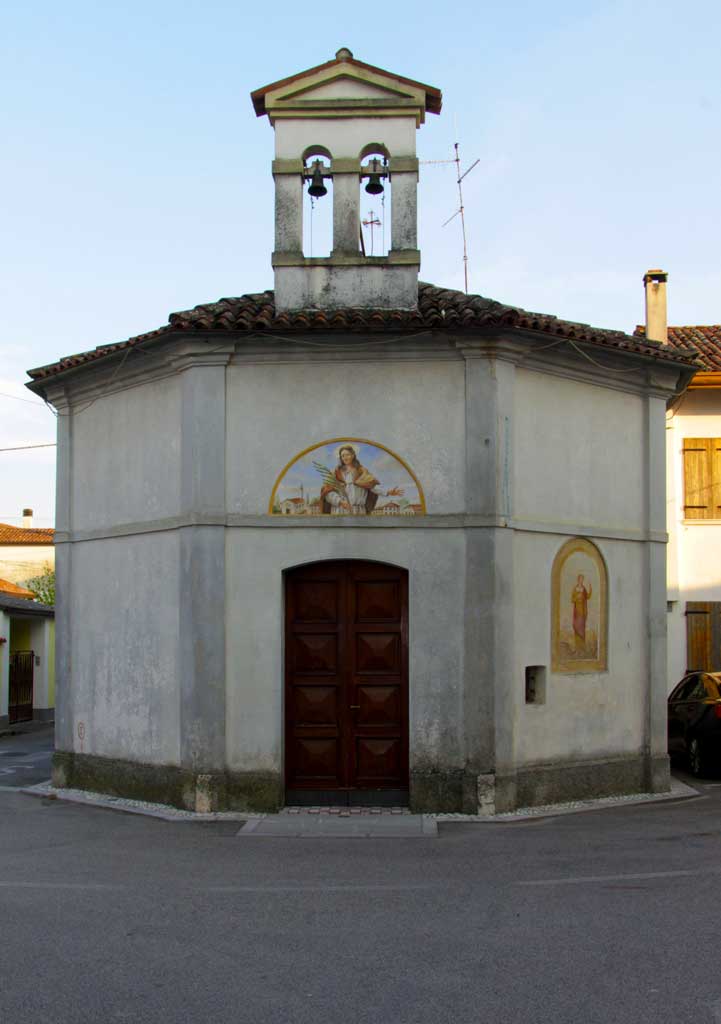
Chiesa di Santa Libera
Questa chiesa è a forma ottagonale con un campaniletto a vela e si hanno notizie a partire dalla fine del XVI secolo. Nella diocesi di Udine è l’unica chiesa dedicata a questa Santa. La struttura ha un solo altare dove vi è una pala che raffigura Santa Libera con la Madonna col Bambino e San Francesco d’Assisi. La santa è pure raffigurata in un affresco esterno di epoca Ottocentesca. All’ interno sono appesi quadri devozionali ed ex voto
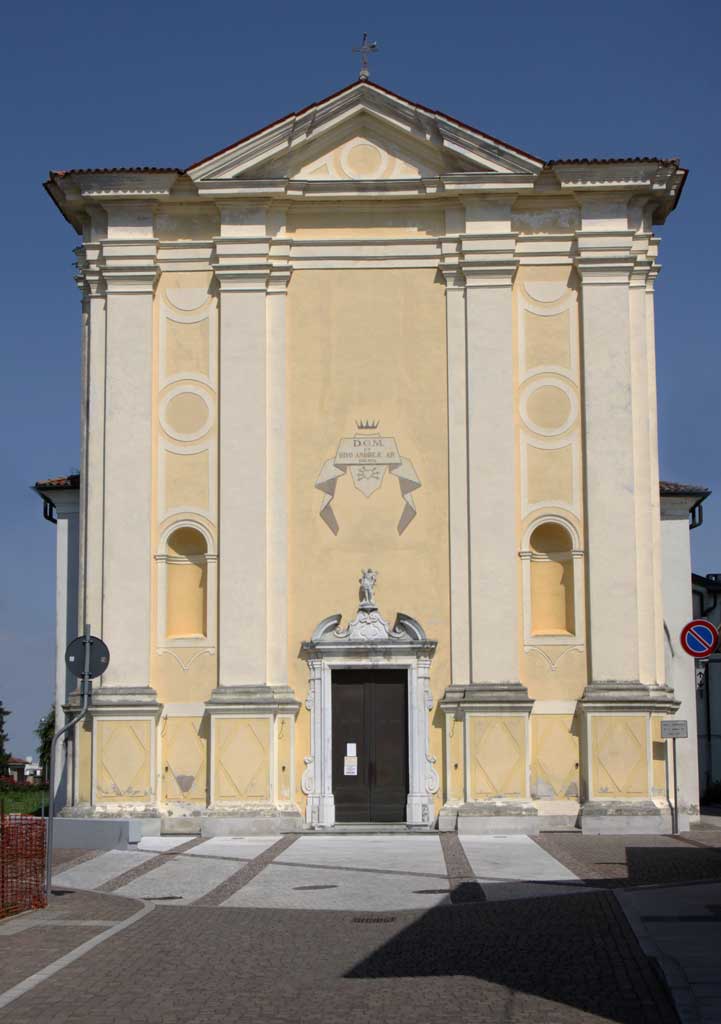
Chiesa di Sant’Andrea Apostolo
La Chiesa è stata edificata nel 1753 in stile barocco settecentesco tipico di molte chiese della stessa epoca in Friuli. All’interno si possono ammirare nella navata altari in marmo e pietra. Ai lati dell’altare maggiore vi sono le statue di Sant’Andrea e San Giovanni Battista. Completano la chiesa meravigliosi dipinti e l’organo.
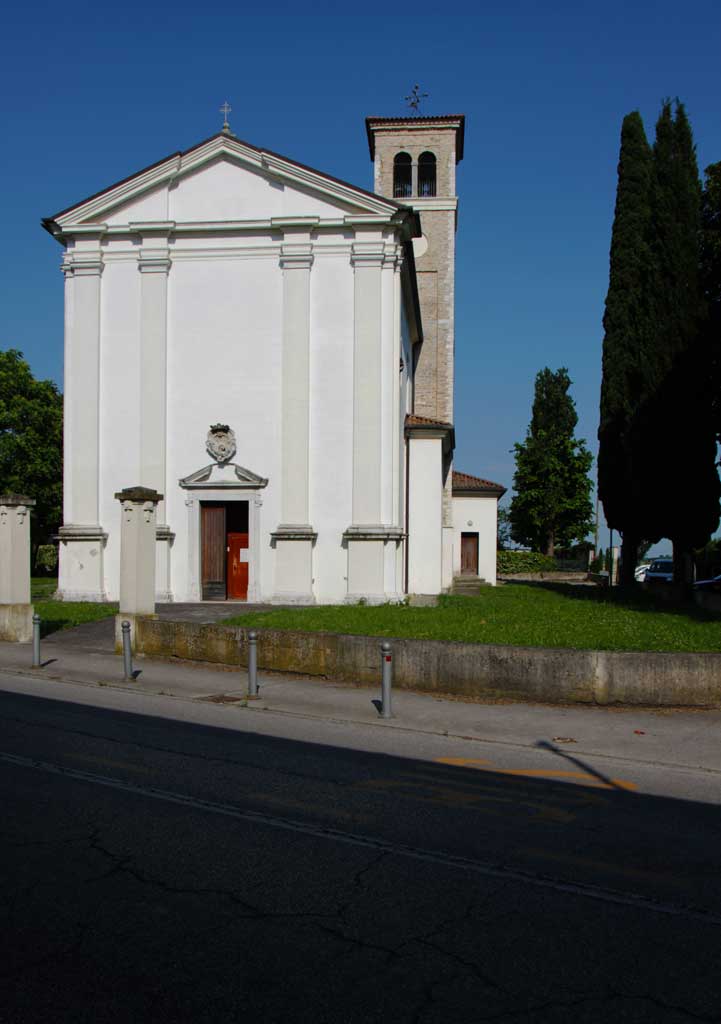
Chiesa dedicata ai Santi Fermo Rustico e Procolo
La chiesa in stile barocco settecentesco ed è dedicata ai santi Fermo Rustico martiri e Procolo vescovo. Fu costruita ex novo nel 1782 e nella facciata sopra la porta principale è posto lo stemma della nobile famiglia Crotta,essendo la chiesa del feudatario protempore di Fraforeano. Ha tre altari dedicati rispettivamente alla Madonna della Salute, ai santi patroni e a San Valentino. Nel soffitto della navata vi è un affresco del sec. XX e le pareti sono decaorate con affreschi e dipinti.

